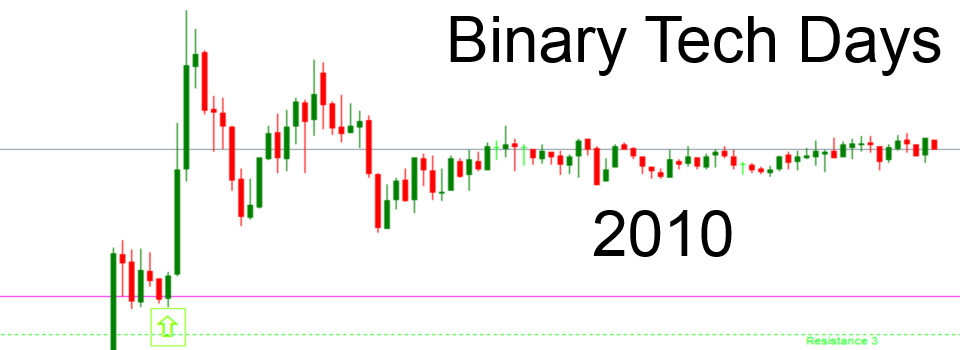It is worth noting that the Federal Reserve isn’t always right. In the United States, the Fed is the main decision maker when it comes to the major financial decisions. They control interest rates, lending to the banks, and so on. Right now, as the nation’s biggest indices grow higher and higher in value as the stocks that back them up keep soaring upward, it is a good idea to realize that the Fed has yet another decision to make when it comes to interest rates. The whole point of lowering them was to increase borrowing by big business. And now that these companies are doing better than ever, is it smart to keep rates at the low point they are now? For months, analysts have been expecting the Fed to say that rates will be going back up. But, when will they?
There’s a big problem within the Fed. Not big as in it will lead to the economic collapse of the United States, but big as in it is limiting the way that the economy might potentially function.
Many of the Fed chairmen--Alan Greenspan, Ben Bernanke, and now Janet Yellen--are all neoclassical economists. This means that they are using a single thought process to handle a very complex problem. In times like the Great Depression, this has been very helpful. In other times, there’s a chance that it could be completely wrong.
What does this mean to you as a trader? First, be aware that changes can and will happen in the economic landscape, and they will happen very quickly. For you to be as profitable as possible, you need to be flexible is your style and strategy. You also need to be innovative. Sticking with the same old methods might squeak out a consistent profit, but that doesn't mean that it is the best way. Knowing how to successfully use new methods can get you a long way ahead of where you are now, especially if you know how to appropriately test these theories out before you risk a lot of money using them.
With binary options, for example, you can test the theories that you have by watching markets, writing down your predictions, and then calculating a correct trade rate over the course of several months. Then, incorporate this rate in with the takeout that binary brokers have (usually around 20 percent). This will be dependent upon the broker you use, and it represents the difference between your losing rate (100 percent), and how much you profit when your direction prediction is right on (around 80 percent). Find a number to represent your sample size (100 works, but bigger is better if you have more data available), pick a constant dollar amount ($100 is an easy one to work with), and add all the math up. It sounds complicated, but it’s not. 100 trades of $100, with a correct trade rate of 60 percent, at a profit rate of 80 percent equals $4,000 lost, and $4,800 gained, or a profit of $800. That’s an 8 percent rate of return.
The global financial crisis that is currently ongoing is something that neoclassical approaches were unprepared for.It began because banks had overextended themsleves, and this is still the case. Estimates say that about 95 percent of cash in the U.S. and UK is lent from banks. That’s a huge number, and it doesn’t spell a healthy model, and it’s not one that can continue indefinitely. Researching how this can affect your trading and even your retirement accounts can be a good way to prevent any issues down the road. Being creative and staying ahead of the game is the best way to prepare yourself.
